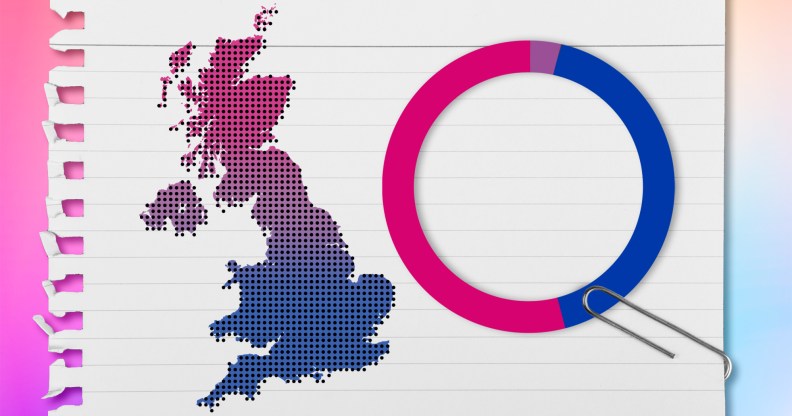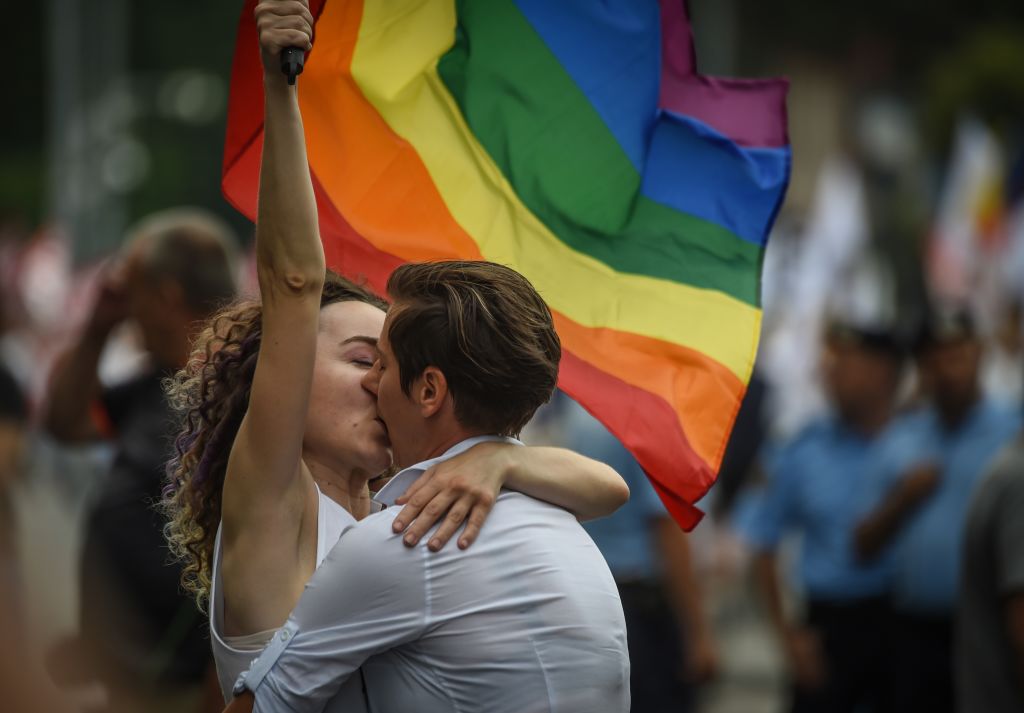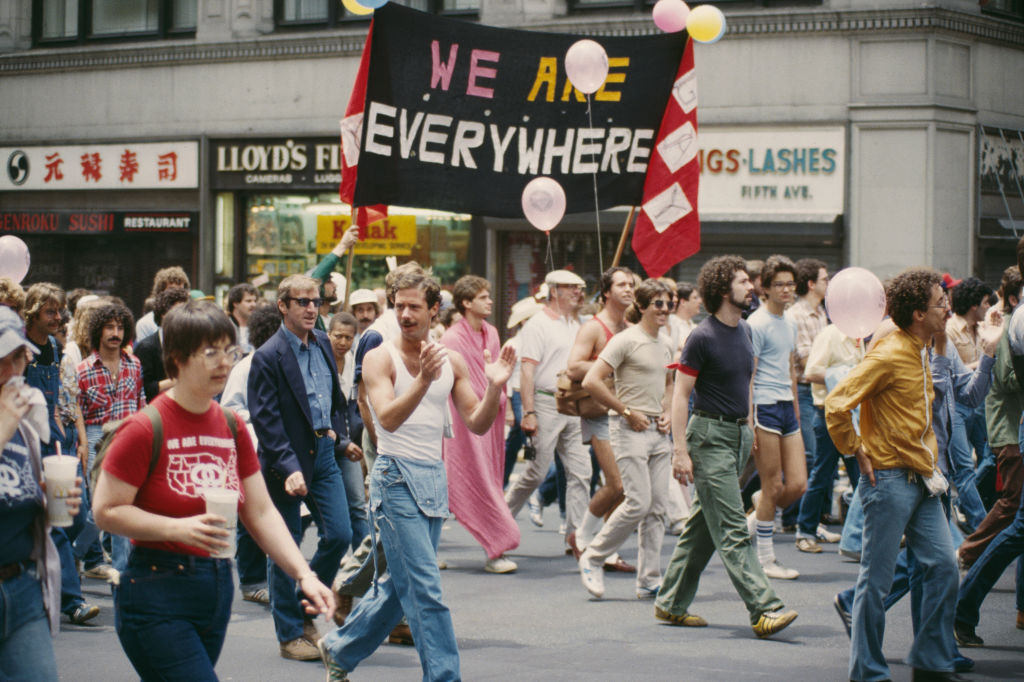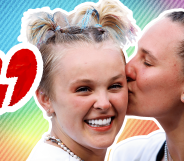Eye-opening census data shows how bisexual and pansexual people are being erased

Recent Census figures show there are around as many bisexual and pansexual people as there are gays and lesbians. (PinkNews/Getty)
Recent Census figures show there are around as many bisexual and pansexual people as there are gays and lesbians. (PinkNews/Getty)
New census figures show there are as many bisexual and pansexual people as there are gay and lesbian people in England and Wales
Data collected in the 2021 census, and released on Friday (6 January) by the Office for National Statistics (ONS), shows that lesbian, gay and bisexual people make up around 3.2 per cent of the overall population.
Of those, 1.54 per cent are gay or lesbian, while 1.28 per cent identified themselves as bisexual. An additional 0.23 per cent described themselves as pansexual.
When combined, bisexual and pansexual people make up 1.51 per cent of the population in England and Wales.
It’s a striking statistic considering bi and pan people are so often erased from discussions about LGBTQ+ people, even within queer circles.
Rob Davey, vice chair of Bi Pride UK, says the figures won’t come as a surprise to most bisexual people – they’ve known for some time that the community is sizeable, even if it often remains hidden.
“It’s not a surprise, but it’s absolutely great to have it officially confirmed by the census because it is indeed a large part of the LGBT community which is erased,” he tells PinkNews.

“You don’t see as much discussion about bisexual and pansexual issues as you do about gay and lesbian issues, and that can be within LGBT communities and organisations as well.
We are a very hidden community and this is shedding some light on that.
Rob Davey, Bi Pride UK
“We just hope that this data will be used to provide better support to this community in the future and make sure funding is getting to the right places, and that the focus of LGBT organisations is adapted to make sure that it’s meeting the communities which make up part of the wider LGBT community.”
Census puts a spotlight on ‘different needs’ of bi and pan people
Census figures show that bi and pan people live in every region of England and Wales, and they’re only slightly more likely to reside in London than other areas.
Davey says the community is often “hidden” because many bi people are in relationships that are assumed to be heterosexual by outsiders, and can often remain in the closet.
“We are a very hidden community and this is shedding some light on that,” he says.

“Hopefully this will start a conversation around the different needs of this community,” he adds. “The fact that non-monosexual communities are equal in size to other parts of the LGBT community and that we aren’t as visible, what does that mean for things like the mental health of our community and for bi-erasure as a whole?”
Nancy Kelley, CEO of Stonewall, tells PinkNews that the statistics prove something they’ve known for some time – that the bisexual and pansexual communities are “really big”.
“We spend very little time talking about and thinking about how to address the very significant disadvantages that the bi community experiences, say in health and mental health or in domestic abuse and hate crime,” Kelley points out.
She hopes the new figures will help put a spotlight on the specific issues facing bi and pan people – a focus that’s long overdue.
The new census figures have generated significant interest because it’s the first time sexual orientation and gender identity have been officially recorded in England and Wales.
The statistics also showed that the trans community makes up around 0.5 per cent of the overall population.

